PLANNING PROCESS AND GOAL LEVELS The overall

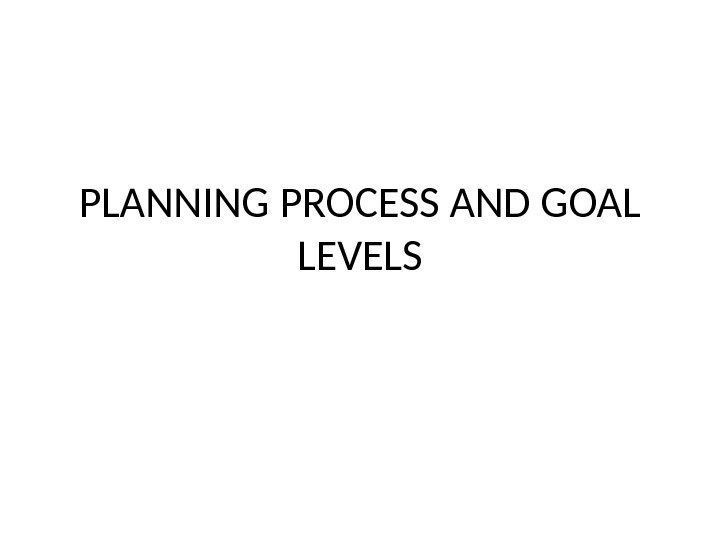
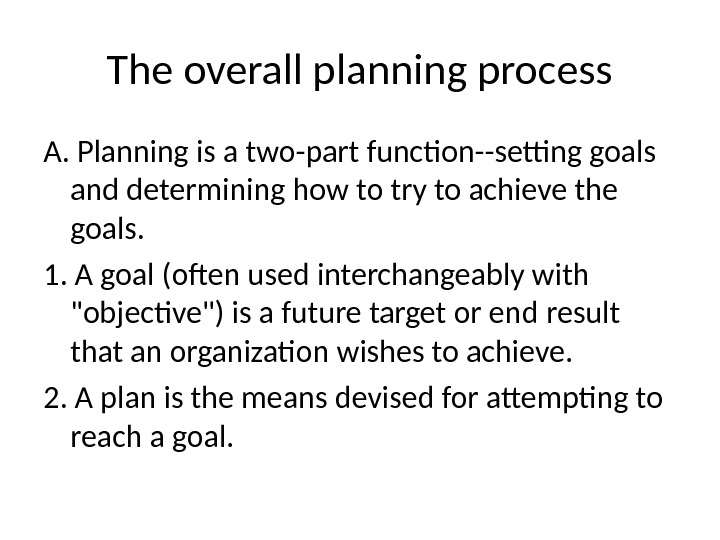
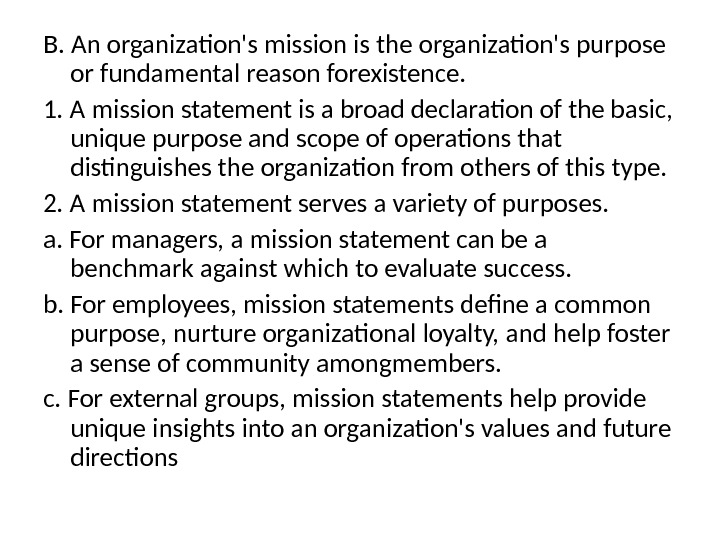
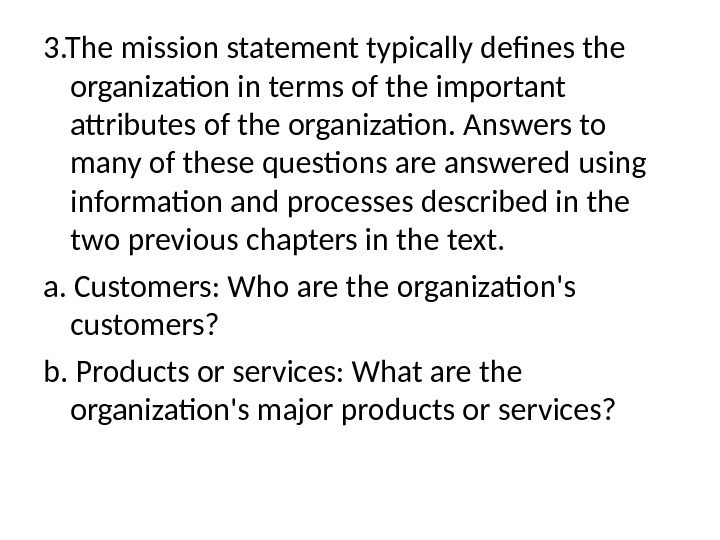
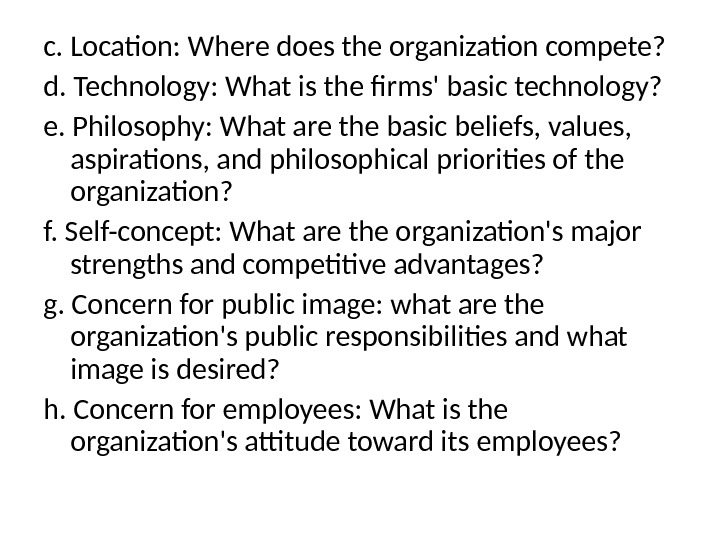
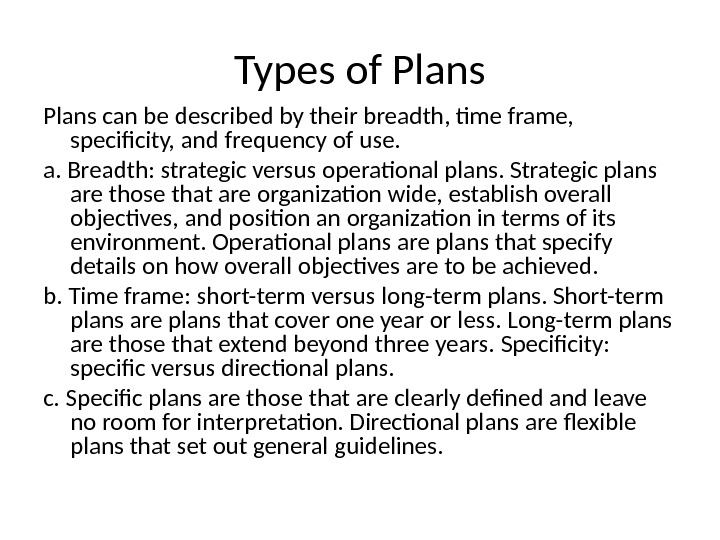
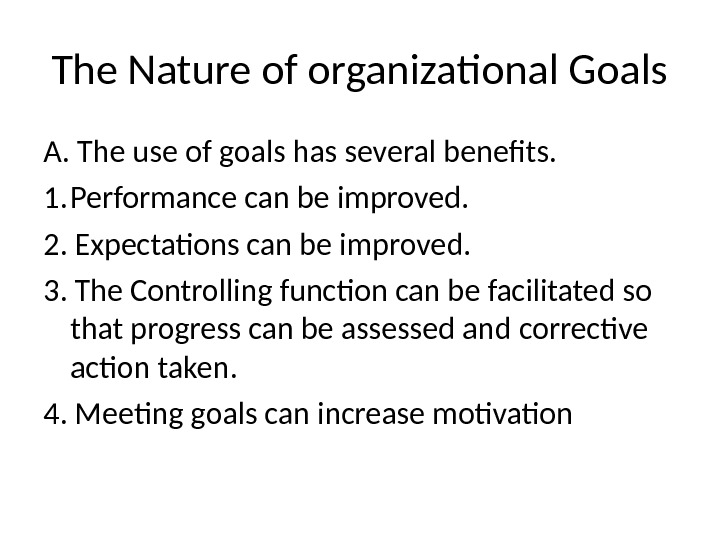
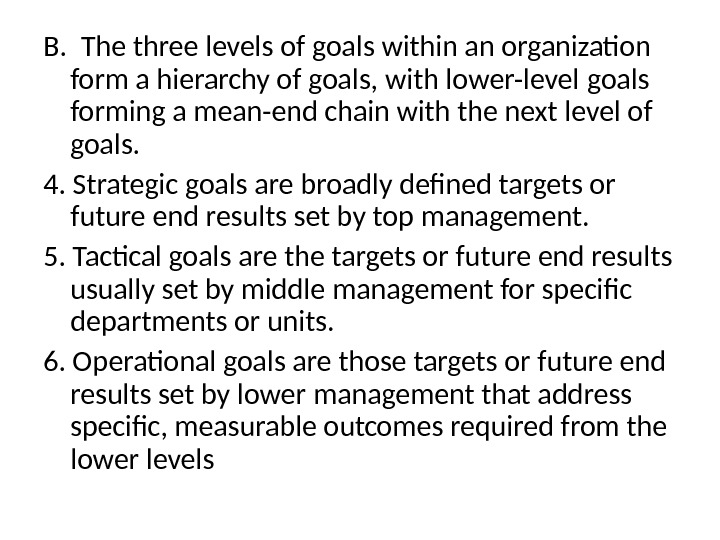
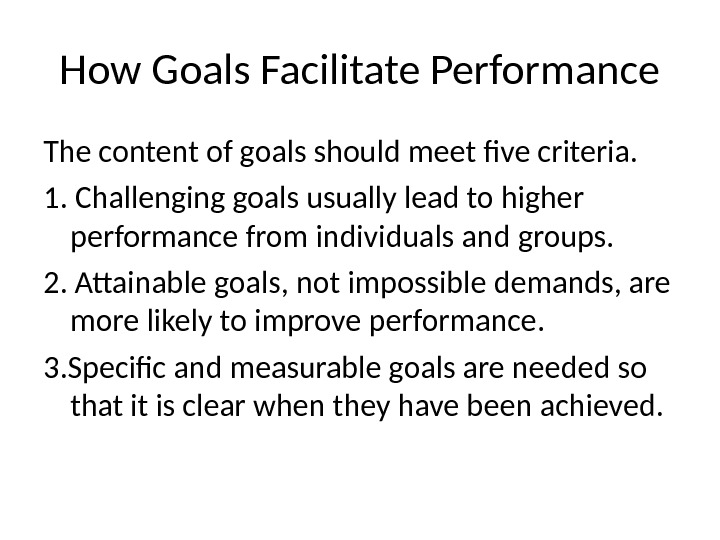
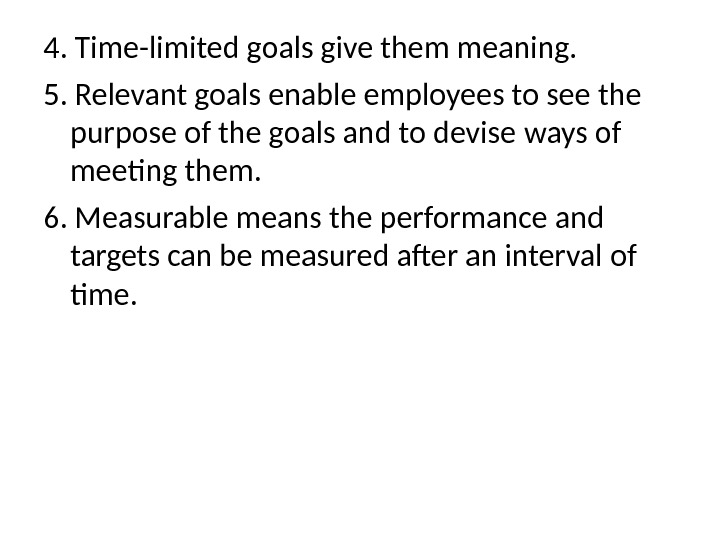
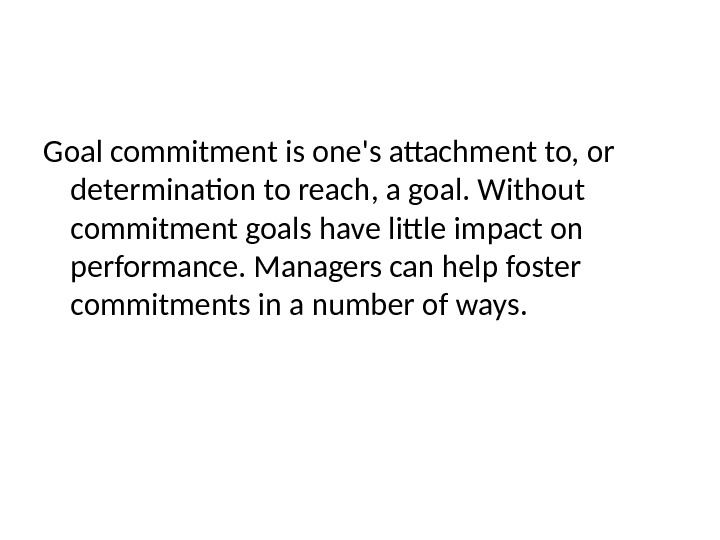
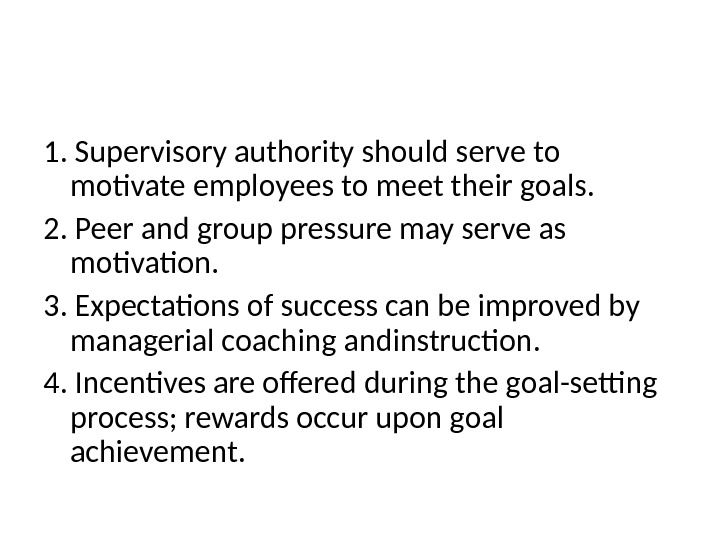
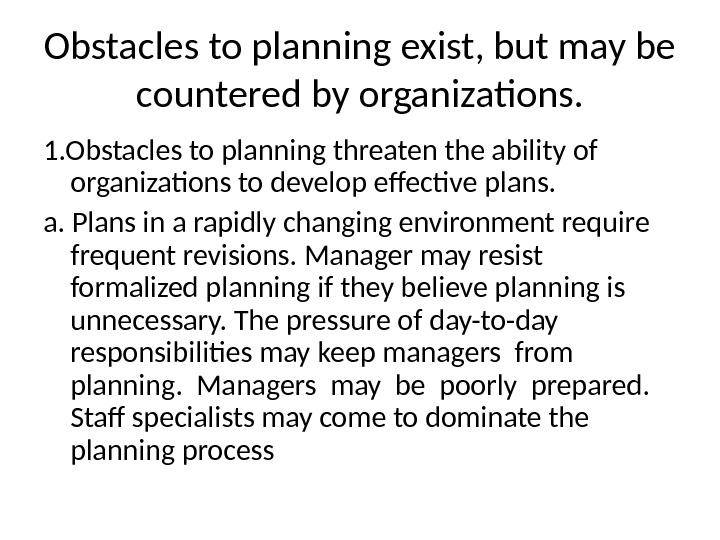
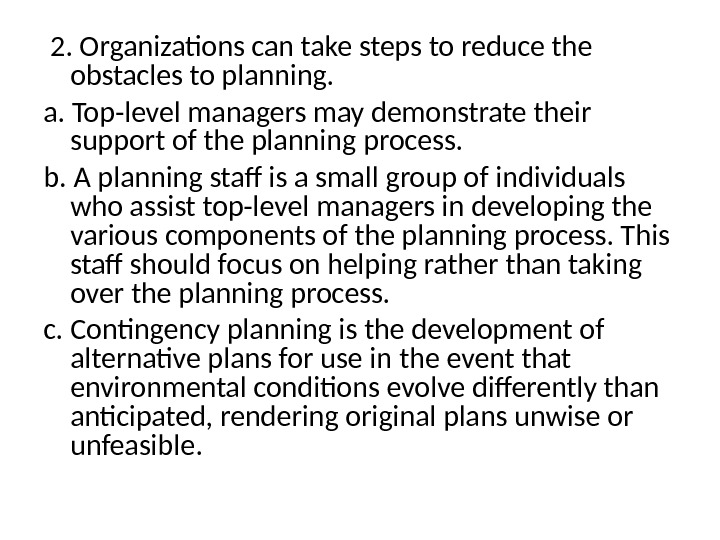
planning_process_and_goal_levels.ppt
- Размер: 148 Кб
- Количество слайдов: 14
Описание презентации PLANNING PROCESS AND GOAL LEVELS The overall по слайдам
 PLANNING PROCESS AND GOAL LEVELS
PLANNING PROCESS AND GOAL LEVELS
 The overall planning process A. Planning is a two-part function—setting goals and determining how to try to achieve the goals. 1. A goal (often used interchangeably with «objective») is a future target or end result that an organization wishes to achieve. 2. A plan is the means devised for attempting to reach a goal.
The overall planning process A. Planning is a two-part function—setting goals and determining how to try to achieve the goals. 1. A goal (often used interchangeably with «objective») is a future target or end result that an organization wishes to achieve. 2. A plan is the means devised for attempting to reach a goal.
 B. An organization’s mission is the organization’s purpose or fundamental reason forexistence. 1. A mission statement is a broad declaration of the basic, unique purpose and scope of operations that distinguishes the organization from others of this type. 2. A mission statement serves a variety of purposes. a. For managers, a mission statement can be a benchmark against which to evaluate success. b. For employees, mission statements define a common purpose, nurture organizational loyalty, and help foster a sense of community amongmembers. c. For external groups, mission statements help provide unique insights into an organization’s values and future directions
B. An organization’s mission is the organization’s purpose or fundamental reason forexistence. 1. A mission statement is a broad declaration of the basic, unique purpose and scope of operations that distinguishes the organization from others of this type. 2. A mission statement serves a variety of purposes. a. For managers, a mission statement can be a benchmark against which to evaluate success. b. For employees, mission statements define a common purpose, nurture organizational loyalty, and help foster a sense of community amongmembers. c. For external groups, mission statements help provide unique insights into an organization’s values and future directions
 3. The mission statement typically defines the organization in terms of the important attributes of the organization. Answers to many of these questions are answered using information and processes described in the two previous chapters in the text. a. Customers: Who are the organization’s customers? b. Products or services: What are the organization’s major products or services?
3. The mission statement typically defines the organization in terms of the important attributes of the organization. Answers to many of these questions are answered using information and processes described in the two previous chapters in the text. a. Customers: Who are the organization’s customers? b. Products or services: What are the organization’s major products or services?
 c. Location: Where does the organization compete? d. Technology: What is the firms’ basic technology? e. Philosophy: What are the basic beliefs, values, aspirations, and philosophical priorities of the organization? f. Self-concept: What are the organization’s major strengths and competitive advantages? g. Concern for public image: what are the organization’s public responsibilities and what image is desired? h. Concern for employees: What is the organization’s attitude toward its employees?
c. Location: Where does the organization compete? d. Technology: What is the firms’ basic technology? e. Philosophy: What are the basic beliefs, values, aspirations, and philosophical priorities of the organization? f. Self-concept: What are the organization’s major strengths and competitive advantages? g. Concern for public image: what are the organization’s public responsibilities and what image is desired? h. Concern for employees: What is the organization’s attitude toward its employees?
 Types of Plans can be described by their breadth, time frame, specificity, and frequency of use. a. Breadth: strategic versus operational plans. Strategic plans are those that are organization wide, establish overall objectives, and position an organization in terms of its environment. Operational plans are plans that specify details on how overall objectives are to be achieved. b. Time frame: short-term versus long-term plans. Short-term plans are plans that cover one year or less. Long-term plans are those that extend beyond three years. Specificity: specific versus directional plans. c. Specific plans are those that are clearly defined and leave no room for interpretation. Directional plans are flexible plans that set out general guidelines.
Types of Plans can be described by their breadth, time frame, specificity, and frequency of use. a. Breadth: strategic versus operational plans. Strategic plans are those that are organization wide, establish overall objectives, and position an organization in terms of its environment. Operational plans are plans that specify details on how overall objectives are to be achieved. b. Time frame: short-term versus long-term plans. Short-term plans are plans that cover one year or less. Long-term plans are those that extend beyond three years. Specificity: specific versus directional plans. c. Specific plans are those that are clearly defined and leave no room for interpretation. Directional plans are flexible plans that set out general guidelines.
 The Nature of organizational Goals A. The use of goals has several benefits. 1. Performance can be improved. 2. Expectations can be improved. 3. The Controlling function can be facilitated so that progress can be assessed and corrective action taken. 4. Meeting goals can increase motivation
The Nature of organizational Goals A. The use of goals has several benefits. 1. Performance can be improved. 2. Expectations can be improved. 3. The Controlling function can be facilitated so that progress can be assessed and corrective action taken. 4. Meeting goals can increase motivation
 B. The three levels of goals within an organization form a hierarchy of goals, with lower-level goals forming a mean-end chain with the next level of goals. 4. Strategic goals are broadly defined targets or future end results set by top management. 5. Tactical goals are the targets or future end results usually set by middle management for specific departments or units. 6. Operational goals are those targets or future end results set by lower management that address specific, measurable outcomes required from the lower levels
B. The three levels of goals within an organization form a hierarchy of goals, with lower-level goals forming a mean-end chain with the next level of goals. 4. Strategic goals are broadly defined targets or future end results set by top management. 5. Tactical goals are the targets or future end results usually set by middle management for specific departments or units. 6. Operational goals are those targets or future end results set by lower management that address specific, measurable outcomes required from the lower levels
 How Goals Facilitate Performance The content of goals should meet five criteria. 1. Challenging goals usually lead to higher performance from individuals and groups. 2. Attainable goals, not impossible demands, are more likely to improve performance. 3. Specific and measurable goals are needed so that it is clear when they have been achieved.
How Goals Facilitate Performance The content of goals should meet five criteria. 1. Challenging goals usually lead to higher performance from individuals and groups. 2. Attainable goals, not impossible demands, are more likely to improve performance. 3. Specific and measurable goals are needed so that it is clear when they have been achieved.
 4. Time-limited goals give them meaning. 5. Relevant goals enable employees to see the purpose of the goals and to devise ways of meeting them. 6. Measurable means the performance and targets can be measured after an interval of time.
4. Time-limited goals give them meaning. 5. Relevant goals enable employees to see the purpose of the goals and to devise ways of meeting them. 6. Measurable means the performance and targets can be measured after an interval of time.
 Goal commitment is one’s attachment to, or determination to reach, a goal. Without commitment goals have little impact on performance. Managers can help foster commitments in a number of ways.
Goal commitment is one’s attachment to, or determination to reach, a goal. Without commitment goals have little impact on performance. Managers can help foster commitments in a number of ways.
 1. Supervisory authority should serve to motivate employees to meet their goals. 2. Peer and group pressure may serve as motivation. 3. Expectations of success can be improved by managerial coaching andinstruction. 4. Incentives are offered during the goal-setting process; rewards occur upon goal achievement.
1. Supervisory authority should serve to motivate employees to meet their goals. 2. Peer and group pressure may serve as motivation. 3. Expectations of success can be improved by managerial coaching andinstruction. 4. Incentives are offered during the goal-setting process; rewards occur upon goal achievement.
 Obstacles to planning exist, but may be countered by organizations. 1. Obstacles to planning threaten the ability of organizations to develop effective plans. a. Plans in a rapidly changing environment require frequent revisions. Manager may resist formalized planning if they believe planning is unnecessary. The pressure of day-to-day responsibilities may keep managers from planning. Managers may be poorly prepared. Staff specialists may come to dominate the planning process
Obstacles to planning exist, but may be countered by organizations. 1. Obstacles to planning threaten the ability of organizations to develop effective plans. a. Plans in a rapidly changing environment require frequent revisions. Manager may resist formalized planning if they believe planning is unnecessary. The pressure of day-to-day responsibilities may keep managers from planning. Managers may be poorly prepared. Staff specialists may come to dominate the planning process
 2. Organizations can take steps to reduce the obstacles to planning. a. Top-level managers may demonstrate their support of the planning process. b. A planning staff is a small group of individuals who assist top-level managers in developing the various components of the planning process. This staff should focus on helping rather than taking over the planning process. c. Contingency planning is the development of alternative plans for use in the event that environmental conditions evolve differently than anticipated, rendering original plans unwise or unfeasible.
2. Organizations can take steps to reduce the obstacles to planning. a. Top-level managers may demonstrate their support of the planning process. b. A planning staff is a small group of individuals who assist top-level managers in developing the various components of the planning process. This staff should focus on helping rather than taking over the planning process. c. Contingency planning is the development of alternative plans for use in the event that environmental conditions evolve differently than anticipated, rendering original plans unwise or unfeasible.

